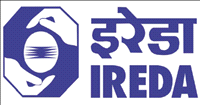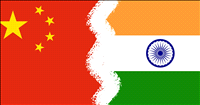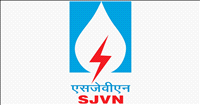Call of the Alps
By Aruna Rathod | 10 Jul 2009
I had heard a lot about Switzerland — good things. How beautiful it was, clean and green, and how expensive too. But nothing had prepared me for the endless view of green mountains, snow-covered at times, cows grazing lazily and rivers flowing peacefully. It was as if the entire country was on a holiday! That is the pace of this lovely place.
 |
| Interlaken station from where you take the train to Jungfraujoch |
Almost everyone in Switzerland knows English, so help is just a question away, and people are friendly. Within the city, one can use trams and buses to travel from point to point, though walking is best as it gives you a feel of the place and time to soak in the sights. Some cities have water transport too — huge lake steamers. I spotted a few Swiss citizens with their laptops, soaking in the serenity of the lake while returning home from work!
While travelling in Switzerland, the destinations were great, but the train journeys were half the fun. The trains are on time, fast, not crowded, and have large windows allowing an uninterrupted view of the meadows with the famous Swiss cows grazing on them, and the Alps, which are visible from most places.
Places to see
Interlaken: Interlaken was our first stop — a beautiful city, relaxed, with a holiday feel to it. It nestles between Lakes Thun and Brienz at an altitude of 570 metres above sea level. For tourists, the "Höheweg", a 700-metre-long boulevard is a great place to be — Interlaken’s promenade — where one can either window shop or buy chocolates, designer watches and bags, jewellery, and artefacts. The boulevard also boasts of some fine hotels. 
A signboard inside the Jungfraujoch tunnel
Jungfraujoch: From Interlaken, we proceeded to see Jungfraujoch — one of the most popular tourist spots. To get to these mountains covered with snow, it is a long journey (2-1/2 hours by train). We had to change three trains to get to Jungfraujoch; not an ordeal at all, as each train offered the view of a different landscape. The first train took us through green valleys, with pine trees, waterfalls and neat houses dotting the landscape. The view from the second train was of a landscape with mixed colours — green, brown and white hills. The third train went through huge mountains covered with snow; there were some brown spots, where the snow had melted.
The last lap of the train journey was over steep terrain and through a couple of long tunnels. One of the tunnels has two viewing galleries at a distance of a couple of kilometres from each other, where passengers can get off the trains, walk a few metres in the biting cold and view the snow-covered Alps. The railway station at Jungfraujoch is at the highest altitude in Europe, as compared to others.
 |
| Tourists soaking in the sun and snow at Jungfraujoch |
The ice palace is really amazing. You have to be careful not to slip on the ice. It has wonderful ice sculptures. The Jungfraujoch ice palace is fashioned out of Europe's longest glacier. Although the Jungfraubahn has been hauling passengers up to the Jungfraujoch for more than 85 years, the ice palace was built only in 1934.
The palace's ice sculptures include vaulted rooms which house birds, animals, people, automobiles, furniture and even a bar sculpted out of ice.
Since Indians form a large percentage of tourists visiting Switzerland, the Bollywood Cafe is famous as it serves an Indian buffet. After having your fill of chana masala and puris in the Alps, playing in the snow and walking around the huge structure, you can take the train back to Interlaken; since you go downhill, you tend to fall asleep. Once back on flat ground, one can explore shopping options on the streets of Interlaken.
Rhine Falls: It takes about half a day to see the Rhine Falls. From Zurich railway station, one has to take a train to Schaffhausen. Then a short bus trip takes one close to the falls. The majestic river gushes over the steep fall, creating fine mist all around. There are two hillocks in the middle of the river, very close to the falls. Tourists can climb up one of the hillocks for a better feel of the falls. 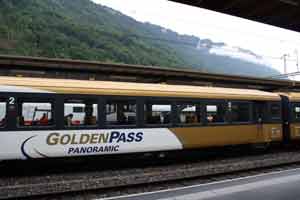
The Goldenpass Panoramic train to Jungfraujoch
Rhine Falls is Europe’s largest waterfall; an added attraction is the turreted Schloss Laufen castle on a cliff directly above the falls, to the south. To get closer to the falls, you can take a boat ride. There are two types of rides; one that takes you to the hillock from where you can disembark and climb up, and the other is a joy ride which takes you for a long ride. The water is so clean and crystal clear that you can see the fishes swim by.
A couple of souvenir shops and cafetarias makes this a popular place for picnics with the people of Switzerland.
Lucerne: The next day, we decided to visit Lucerne. The city is unique with plenty of cafes on the river front, stylish designer stores and churches, all existing side by side. Very close to the station is the Chapel Bridge, which is like the landmark of Lucerne. It has a huge tower at one end. 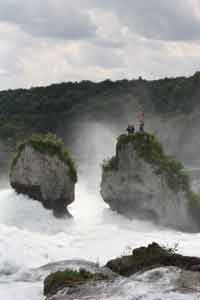
Viewing gallery in the middle of the majestic Rhine Falls
This bridge is said to be the oldest wooden bridge in Europe; and as you walk on it, after a couple of steps, there are paintings depicting 12th century city life.
Unfortunately, the bridge burned down on August 18, 1993, but was rebuilt. Steamer boats ply on the river and are used by tourists and locals alike. Lucerne is a great city to just walk around, browsing the shops, seeing musicians play on the road-side cafes and seeing a variety of tourists.
Mount Pilatus: Quite close to Lucerne is the famous Mount Pilatus. There are various ways to go up Mt. Pilatus. During the summer, the "Golden Round Trip"— a popular route for tourists — involves taking a boat from Lucerne across Alpnachstad, going up on the cogwheel railway, coming down on the aerial cableways and panorama gondolas, and taking a bus back to Lucerne. You reach the top enjoying the view en route (if you are chicken-hearted don't look down, as it is a steep incline). 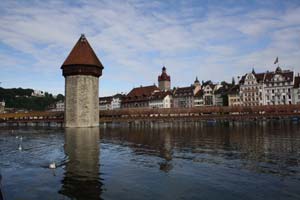
The historic wooden bridge across Lake Lucerne
We went up the cogwheel railway (a ride to remember), and I wondered how the Swiss managed to build these things years ago. Once up, you can see the rolling Swiss landscape stretching away all around you, with rivers meandering, Alps in the background and greenery all around. Depending on when you are travelling, you can get a combination of snow and greenery if it is spring/summer, or just snow if it is winter. There is a wonderful restaurant on the top that serves typical Swiss meals at a reasonable price. We came down by the aerial cable car, admiring the green forests all around and getting a close view of pine trees.
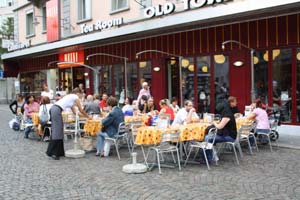 |
| Al fresco dining is a way of life in Lucerne |
Switzerland has much to offer, but because of time constraints one needs to plan in advance. The best thing to do is book a package tour with a tour operator; however, I would suggest doing it on your own.












